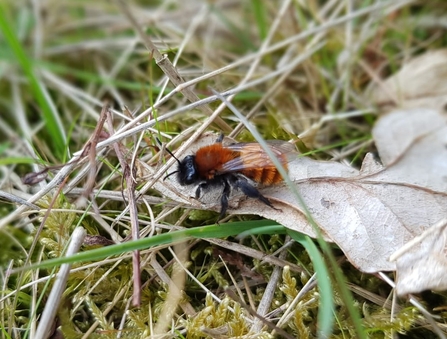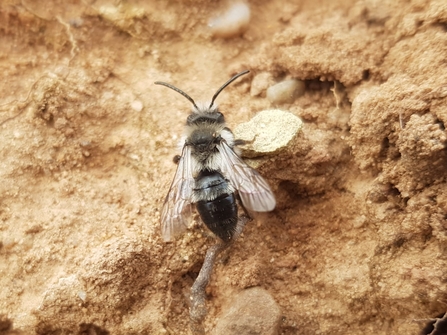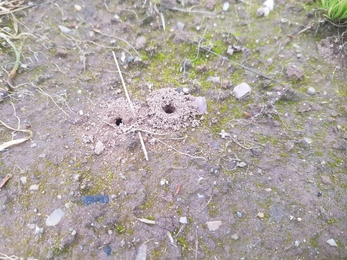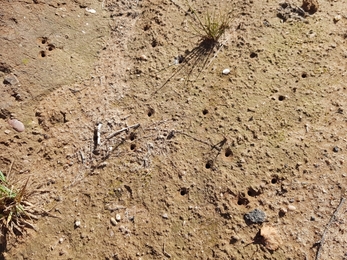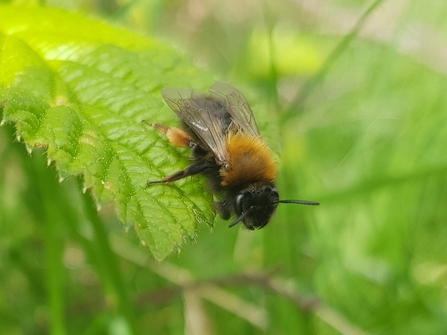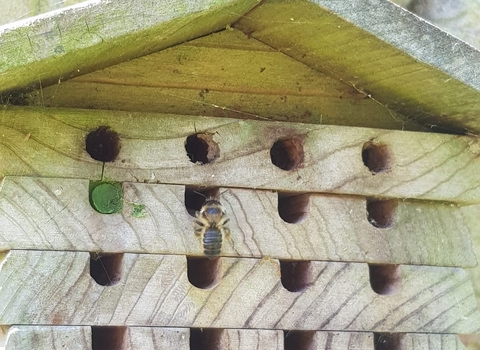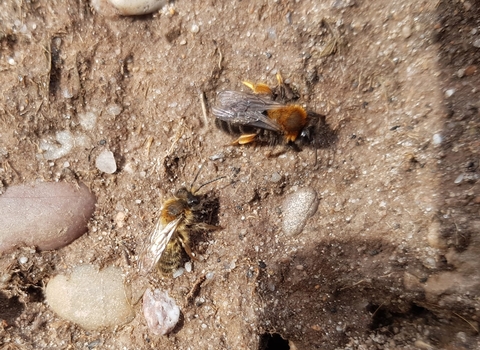Happy Solitary bee week everyone! Did you know that in the UK we have over 240 species of solitary bees? This makes up 90% of bee species!
Why are solitary bees so important you may ask? There are many reasons, but an important one is that they (along with other pollinators) are responsible for around a third of all the food we eat. For some crops, wild insects such as solitary bees are considered the most effective at pollinating their flowers! Insect numbers are declining, and our solitary bees face a dual threat from both habitat loss and the increased use of chemicals in farming. Which is why we’re fighting to bring back this wildlife by making more space for them.
Solitary bees come in a range of colours and patterns, some easily identifiable, whilst others are much trickier to tell apart. There are a variety of plants that solitary bees help to pollinate across a huge range of habitats, including parks, woodlands and even in your garden. They can also nest in different places, such as in hollow plant stems which have been left uncut over the winter, bee hotels you may have in your garden or schools, and sandy paths across our parks or heathlands.
Want to learn how to identify some solitary bees you might see in Staffordshire? You’ve come to the right place! In this blog I’ll share a few of the more easily identifiable species that we can find, which also like nesting at our lowland heathland sites, such as Gentleshaw Common SSSI. We will also explore the work SWT does to provide more space for these beautiful bees to thrive.


